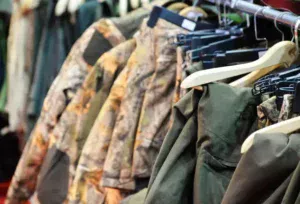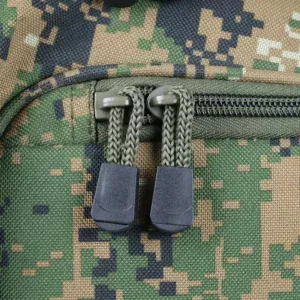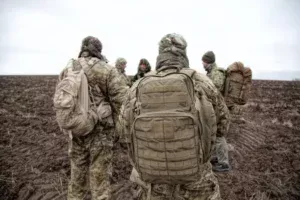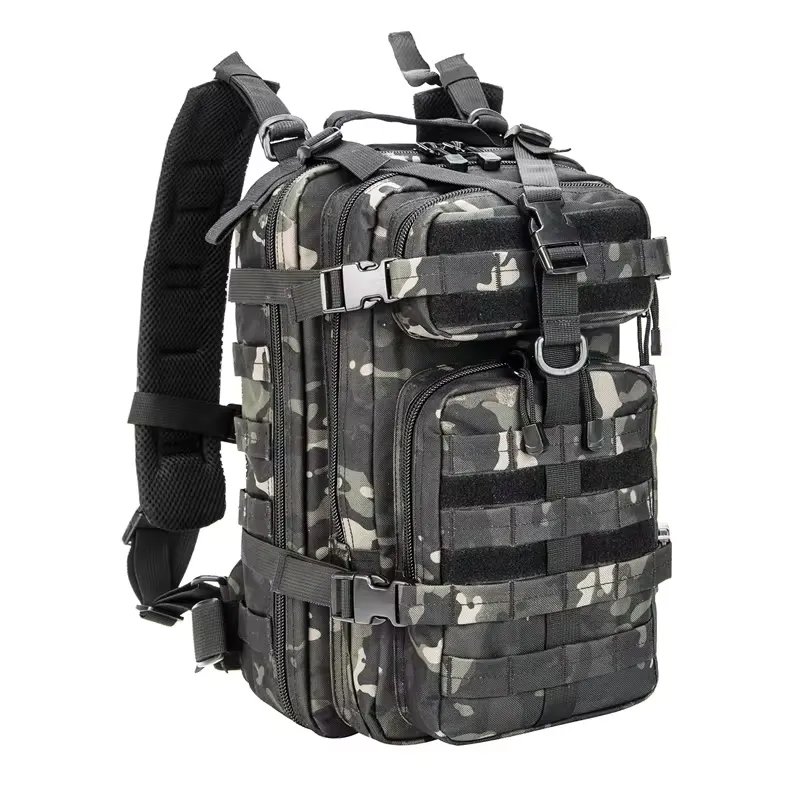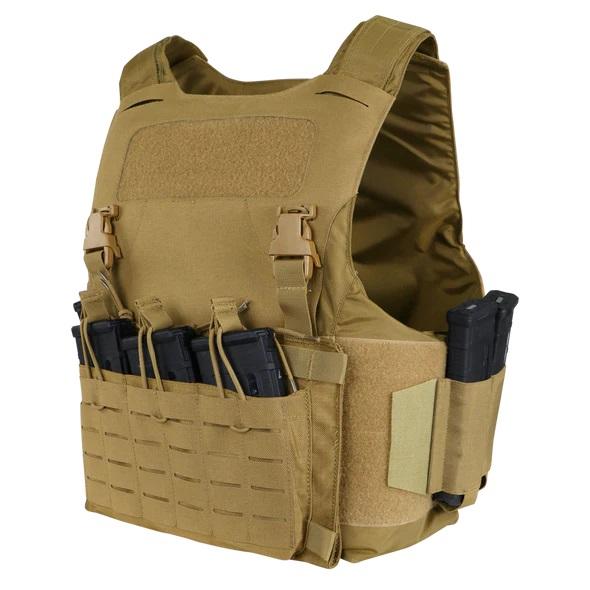Welcome to our Military Clothing FAQ. Whether you’re a business looking to stock rugged gear, an individual curious about military clothing, or a retailer seeking bulk options, we’ve got answers.
This guide tackles the most common questions about military clothing—from its history to where you can buy it. Let’s dive in!
1. What Is Military Clothing?
Military clothing refers to garments designed for soldiers in active service. This includes combat uniforms, dress uniforms, and specialty gear like flight suits. It’s made to be tough, practical, and suited for challenging environments—like battlefields, jungles, or harsh weather.
Built to meet strict standards (like MIL-SPEC ), it’s a key focus for military clothing brands
2. How Is Military Clothing Different from Tactical Clothing?
These terms often overlap, but there’s a distinction. Military clothing is made for soldiers and tied to official military use, such as the Army Combat Uniform (ACU) or Marine Corps Combat Utility Uniform (MCCUU).
On the other hand, tactical clothing has a wider scope , serving law enforcement, security, and civilians like hunters or outdoor enthusiasts. Tactical gear borrows from military-inspired designs but adds modern twists, like extra pockets or stretchy fabrics. For businesses, stocking both types can attract diverse customers.
3. What Are the Main Types of Military Clothing?
Here’s the rundown:
Combat Uniforms : Daily wear for soldiers, like camouflage BDUs.Dress Uniforms : Formal outfits for ceremonies, such as the U.S. Army’s dress blues or Navy’s Service Dress Whites.Specialty Gear : Think flight suits for pilots, cold-weather parkas, or chemical-resistant suits for specific missions.Aksesuarlar : Items like combat boots, tactical gloves, and helmets complement the clothing.
Each serves a purpose—combat gear protects, and dress uniforms represent tradition.
4. Why Is Camouflage So Common in Military Clothing?
Camouflage helps soldiers stay hidden. Patterns like MultiCam or Woodland blend into nature—forests, deserts, you name it. Back in World War I, armies wore bright colors (think red coats).
But as weapons got deadlier, blending in became a must. Today, camouflage is iconic in military clothing and inspires military clothing brands serving civilian markets too.
Read more about camouflage patterns Burada.
5. What Materials Are Used in Military Clothing?
Expect rugged materials:
Cotton/Nylon Blends : Durable and comfortable, common in BDUs.Ripstop Fabrics : Tear-resistant for tough conditions.Cordura : Used in high-wear items like pants.Moisture-Wicking Layers : Ideal for hot climates.Flame-Resistant Fabrics : Used in modern uniforms for added safety, like Nomex.
These materials last long and handle mud, rain, or heat. Leading military clothing brands prioritize these for longevity.
6. How Has Military Clothing Changed Over Time?
From heavy wool in the 18th century to today’s lightweight blends, military clothing has evolved. By World War II, lightweight cotton and camouflage showed up.
Today, military uniforms are high-tech—think lightweight fabrics, built-in knee pads, and even infrared protection to dodge night-vision detection. History buffs can explore The Evolution of Military Clothing Burada .
7. Can Civilians Wear Military Clothing?
Yes, civilians can wear most military clothing, especially surplus items like jackets, pants, or boots, which are popular for camping, hiking, or casual wear. These are widely available at surplus stores or online retailers.
However, caution is needed. In some countries, like the U.S., wearing a full military uniform with insignia or badges could violate laws, such as the Stolen Valor Act, which prohibits falsely claiming military service. Stick to individual pieces without rank or unit markings to stay compliant.
8. Where to Buy Military Clothing?
Plenty of options:
Surplus Stores : Affordable, authentic gear—great for individuals or bulk buyers.Online Retailers : Platforms like Amazon offer new and surplus styles.Direct from Manufacturers : Businesses can source directly from us for bulk or custom orders —contact us today.
Quality varies, so choose trusted sellers that last.
9. How Do I Care for Military Clothing?
Proper care extends the life of military clothing:
Washing : Use cold water to preserve ripstop or Cordura fabrics. Avoid bleach, which can fade camouflage patterns.Drying : Air-dry or use low heat to prevent shrinkage in cotton/nylon blends.Depolama : Keep in a dry, cool place to avoid mildew.Repairs : Patch small tears promptly to prevent worsening.
Following these steps ensures your gear stays functional for years.
Military clothing is a broad category encompassing all garments designed for military use, including uniforms, jackets, and accessories. Military uniforms are specific, standardized outfits—like the ACU or Dress Blues—worn for official duties and regulated by military branches.
Businesses might stock uniforms for government contracts, while civilians often buy military clothing for casual or outdoor use.
11. Which Military Clothing Brands Should I Check Out?
Reputable brands include:
Propper : Known for durable BDUs and tactical gear.Tru-Spec : Offers modern, high-performance uniforms.Rothco : Popular for affordable surplus and tactical clothing.5.11 Taktik : Focuses on versatile gear for professionals and civilians.
For businesses, partnering with a manufacturer like us allows customization. Need tailored uniforms or bulk orders? Reach out for high-quality, made-to-order solutions.
12. What Are the Benefits of Military Clothing for Non-Military Use?
Military clothing appeals beyond the battlefield:
Dayanıklılık : Built to last, ideal for rugged outdoor activities.İşlevsellik : Multiple pockets and weather-resistant fabrics suit hiking or camping.Stil : Camouflage and tactical designs are trendy in streetwear.Affordability : Surplus gear offers high quality at low prices.
These benefits make it a smart choice for adventurers, workers, or retailers targeting diverse markets.
13. Are There Regulations for Manufacturing Military Clothing?
Yes, military clothing for official use must meet strict standards, like MIL-SPEC or NATO guidelines, covering materials, stitching, and performance (e.g., flame resistance). Manufacturers supplying militaries undergo rigorous testing.
For civilian markets, regulations are looser, but quality remains key. Businesses can work with us to produce compliant, high-quality gear for both military and commercial needs.
14. How Does Military Clothing Support Extreme Weather Conditions?
Military clothing is engineered for diverse climates:
Soğuk Hava : Insulated parkas and layered systems (e.g., ECWCS) keep soldiers warm.Sıcak Hava : Lightweight, moisture-wicking fabrics prevent overheating.Islak Koşullar : Waterproof or quick-drying materials like Gore-Tex ensure comfort.
These features make military clothing a top choice for outdoor professionals and enthusiasts.
Our Services for Businesses
Looking to stock military clothing or need custom designs? We specialize in supplying high-quality military and tactical apparel for retailers, contractors, and organizations. From bulk surplus to tailored uniforms, we offer durable gear at competitive prices. Contact us today to discuss your needs and explore our catalog.
Toparlıyoruz
This Military Clothing FAQ covers everything from its rugged origins to its modern versatility. Whether you’re a soldier, a business owner, or an outdoor enthusiast, military clothing offers durability, functionality, and style.
Have questions or need bulk options? Contact us for custom solutions. What’s your favorite piece of military gear? Let us know!
